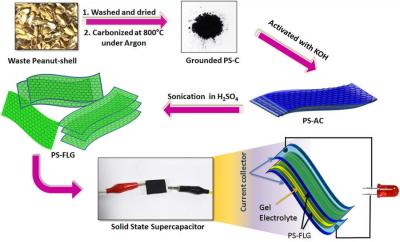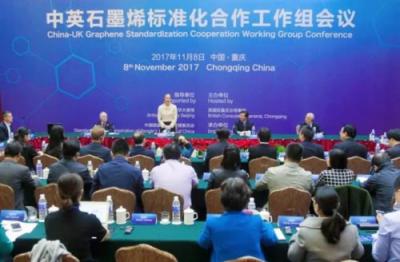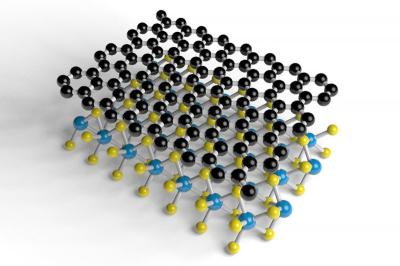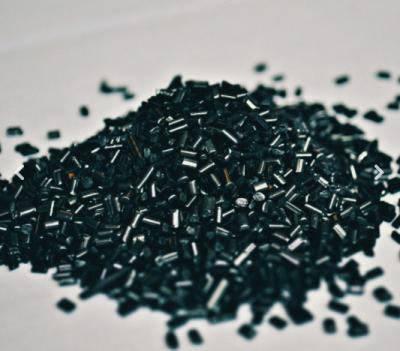Haydale develops graphene-based anti-counterfeiting technology
 Haydale, the global advanced materials group, has filed a patent application in the UK for a its PATit anti-counterfeiting technology, which uses proprietary software codes and a specialty graphene-based, transparent conductive ink. The graphene-based ink can be printed onto products and then ‘read’ by a device to prove their authenticity
Haydale, the global advanced materials group, has filed a patent application in the UK for a its PATit anti-counterfeiting technology, which uses proprietary software codes and a specialty graphene-based, transparent conductive ink. The graphene-based ink can be printed onto products and then ‘read’ by a device to prove their authenticity
The advanced materials group stated that it wants to initially target the anti-counterfeiting market as it is expected to double over the next four years to be worth more than US$200 billion by 2021. Haydale added that the filing of the application is an important in allowing it to begin discussions on potential commercial applications of the technology.





